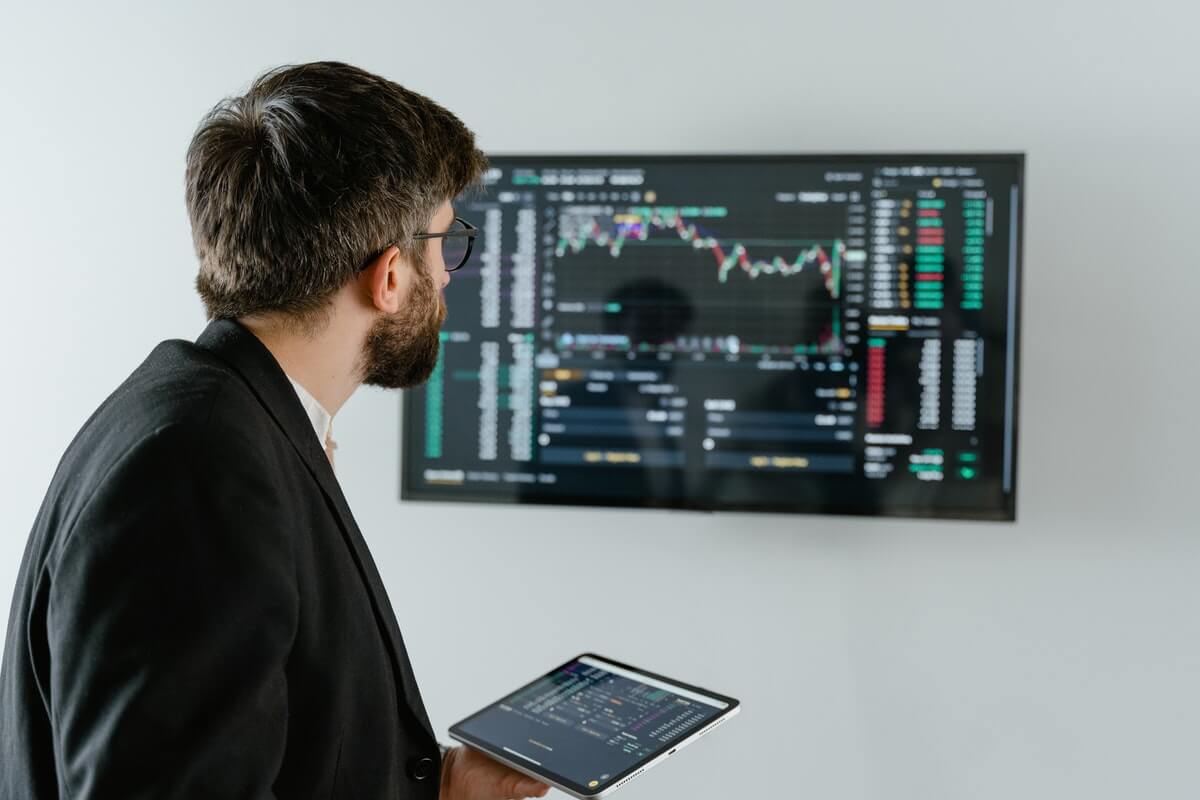On 11 March 2020, the World Health Organization declared the coronavirus disease 2019 (COVID-19) a pandemic. There were around 118 000 confirmed cases in over 110 countries and territories around the world. Looking back COVID-19 pandemic was a whole lot. It made us stay in our homes, and caused many people to lose their jobs. And it brought with it changes in a lot of industries.
Transportation
Plummeting the bus and train ridership, lost jobs, and overflowing warehouses: 2020’s disruptions to the transport sector were widespread and deep. Many people were in their homes except the health workers and certain government officials who had to attend to patients. And as a result, vehicles were few on roads. The transportation companies carried out different modes of transport and logistics, such as freight forwarding, warehousing, managing inventory, and other multi-model transportation in an effort to mitigate the chances of potential economic risk. A country like China with the most manufacturing firms faced major issues in managing the supply chain across the borders. Not only in China, the pandemic issue also disrupted trade and business in different countries.
Also Read: Automated Technology Beyond Covid-19
The period came with an increase in fuel prices. As economic activity slowed sharply across the globe, demand for petroleum and petroleum products reduced drastically. The drop in demand came with an unexpected increase in supply. This led to a collapse in crude oil prices and subsequently, prices of other refined petroleum products and downstream items, notably gasoline. As economies reopened, the initial price downturn gave way to reduced oil production and some renewed demand. As a result, prices for oil products partially recovered. The recovery was stable, a little bit and now we see fuel prices upsurge in recent months. Fuel price is hitting record levels, and UK wholesalers say its members will pass on increased transportation costs to their customers. That is the effect on food but what about vehicles?
Prices of vehicles are also on the rise due to increased fuel prices. Perhaps you want to purchase a vehicle, are you going for a new or used car? Whatever choice you make, you can calculate your payment on CarPaymentCalculator.net. Our car payment Calculator is very easy to use. You get to calculate a car price that fits a monthly payment or loan payment amounts. Also, there are other features on the site that you will enjoy, like calculating your fuel budget or saving your money biweekly.
Employment
During the pandemic, millions of people around the world lost their jobs. The reasons for this varied. This included employees being wrongfully terminated, companies not being able to pay wages, and even businesses having to close down due to a lack of income and customers. The impact of this virus was severe on the whole world. The COVID-19 pandemic triggered one of the worst jobs crises since the Great Depression. It is recorded that the level of poverty increased as a result. Within a few months of lockdown, employment began to rebound. Improving employment and several relief measures by the government and other nonprofit organizations helped reduce the high levels of hardship. And then the world saw a shift from onsite jobs to online jobs. Work from home
became a thing on everyone’s lips. Many people made a living from doing jobs like writing to being a virtual assistant. The effect of this is that jobs have returned but there are few workers.
The employment rate now is below its pre-COVID level, which we see in the United States and the United Kingdom. Despite tight labor markets, as seen in high vacancy-to-unemployment ratios and job quits, the employment recovery is still incomplete and less than the rate before the pandemic in both countries. Now with a possible cooling effect on labor markets caused by the Omicron wave, this trend could be longer than expected.
Education
Most governments decided to temporarily close educational institutions in an attempt to reduce the spread of COVID-19. At the peak of the pandemic, 45 countries in the Europe and Central Asia region closed their schools, affecting 185 million students. Nobody expected COVID-19 nor the lockdown that followed. Institutions and administrations were unprepared for this transition and were forced to build emergency remote learning systems almost immediately. Remote learning started but it had several limitations. One of the limitations was the lack of personal interaction between teacher and student. With television and radio broadcasts, it was impossible. However, several countries made use of other methods to improve the remote educational experience, including social media, email, and conference calls.
Also Read: Impact of COVID-19 on Real Estate Market and Companies
Despite the efforts to set up a supportive remote learning experience, school closures resulted in actual learning losses and increase in inequality. The losses were common among students whose parents have less education, while children from advanced families received more parental support with their studies during the remote learning program. The losses were termed unfinished learning. But countries released funds to cater for unfinished learning, putting measures in place to reintegrate students back into the traditional learning system and to cater for unfinished learning.










